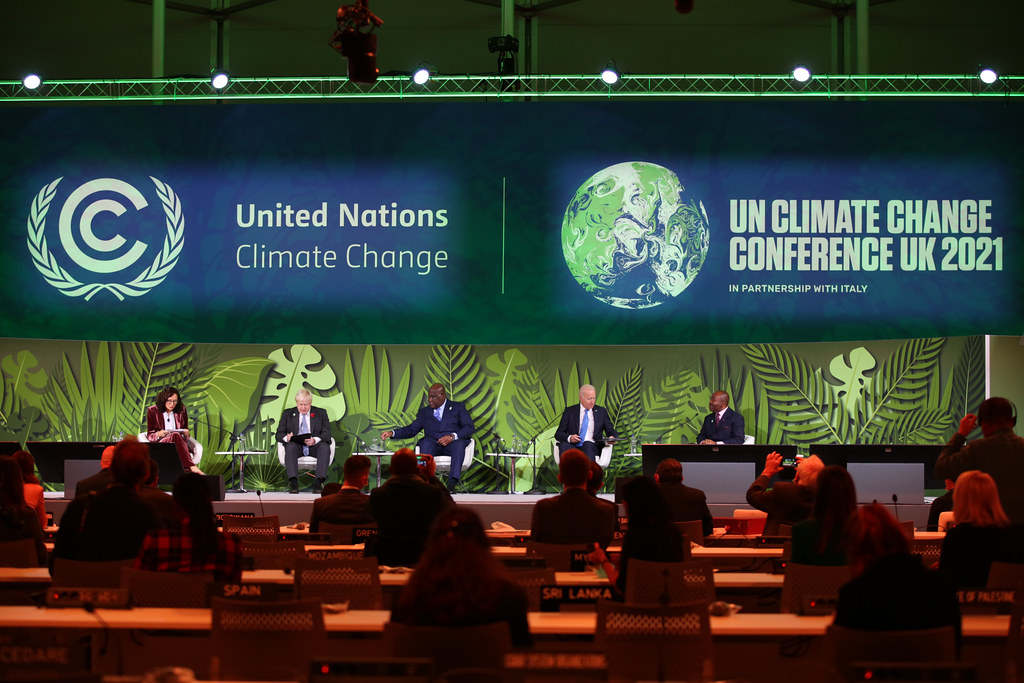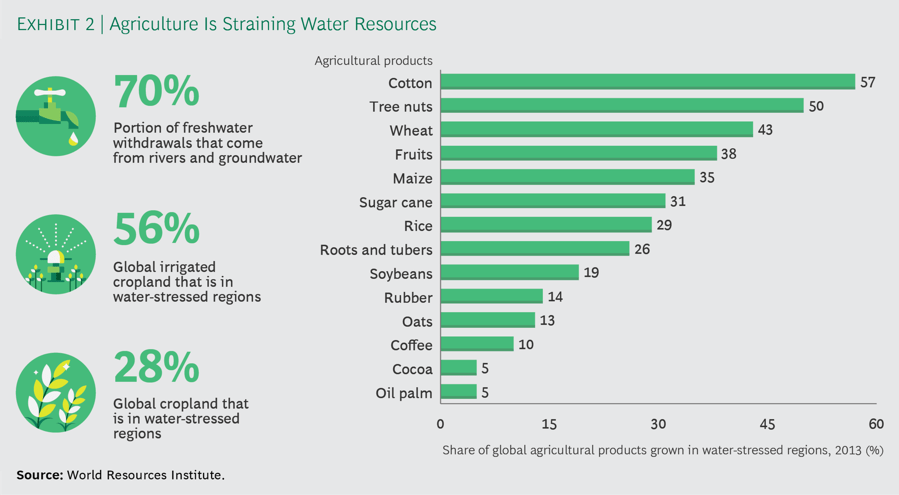Within a basket of agreements, the world countries have signed during COP26, a new commitment involving a sustainable form of agriculture has found existence with 27 countries consenting to the same.
The pledge read as follows: “If we are to limit global warming and keep the goal of 1.5 degrees Celsius alive, then the world needs to use land sustainably and put protection and restoration of nature at the heart of all we do”.
This pledge has something different that the others. It aims to cleanse and absolve the sustainer of human lives i.e., agriculture of its blames, making it a less polluting sector and more sustainable in every way.
It also deals with promoting investments in the sector towards the major purpose of making it more resilient towards climate change, more adaptive to the changes already occurred to our environment and even make our supply chains better in sustainability.
On this note, several countries including UAE has introduced an agricultural development plan to increase the efficiency of sustainable farming.
“The commitments being made today show that nature and land use is being recognized as essential to meeting the Paris Agreement goals, and will contribute to addressing the twin crises of climate change and biodiversity loss”.
“Meanwhile, as we look ahead to negotiations in week two of COP, I urge all parties to come to the table with the constructive compromises and ambitions needed”.
Countries joining the bandwagon of ‘Sustainable Agriculture Policy Action Agenda’:
India, UAE, Australia, Madagascar, Tanzania, Guinea, Vietnam, Nigeria, Lesotho, Laos, Indonesia, Ghana, Germany, Uganda, Philippines, UK, Colombia, Costa Rica, Ethiopia, Morocco, Netherlands, Nigeria, New Zealand, Philippines, Spain, Sierra Leone, Switzerland.
This agenda was preceded by the Ocean Action Day that led to the adoption of “30by30” target, that is, to protect 30 per cent of the world’s oceans by 2030. It has been agreed by more than 10 new countries.
Even a week before COP26 meet, the World Bank committed to spend over USD 25 billion as a part of climate finance till 2025 every year, through its Climate Action Plan.
It rightfully focuses on agriculture and food systems, those will be battered by the climate change and global warming, as plant species may find excessive heat, excessive rain, lesser productivity etc., too difficult to strive.
Sustainable Agriculture in India: Impacts, scope and advancements
Under several initiatives undertaken by Government and Non-profit organizations, millions of Indian farmers have renounced toxic chemicals to be used in growing mechanism.
This has been replaced by several nature-based farming and growth practices.
While an aggressive chemical use penetrated the Indian farming sector during the green revolution, the switch to natural methods began as a grassroots movement back in 2000, when several parts of the country began experiencing regional productivity issues.
For example, Punukula in Andhra Pradesh, experienced severe pesticide infestation despite in-depth use of chemicals while the farmer families suffered healthcare costs, crop failure, loss of income and consequently debt.
Alternatives exist for almost everything in the field and beyond: trap crops like Marigold, sorghum in place of pesticides, traditional water holding techniques for mechanized irrigation or imbibing ZBNF (Zero Budget Natural Farming) etc.
A farmer who has adopted Organic Framing explains: “Since organic farming requires more attention, time and work, villagers find it difficult to keep up and opt for pesticides,” he explained.
“Organic farming has a market. I get to decide the price of my products, unlike in chemical farming where the price is decided by the buyer”.
One cannot disrespect technology in agriculture, like using backpack sprayers, it has helped farmers cultivate more land. Unless it does not hurt environment, innovations are to be revered.
The onus is not just on growers, every person involved in facilitating backward and forward linkages in agriculture like distributors, retail managers, food processors etc. can play a significant role in achieving sustainability in the sector.
Because Sustainable farming only needs three main parameters to be integrated into their work: a healthy environment, economic profitability, and social and economic equity.
In the wake of climate change, the expectations from Sustainable agriculture have grown. It needs to provide enough healthy fiber for present generation and ensure the same availability for future generations.
An equitable and inclusive use of natural resources widely present on Earth, is desirable.
Sustainable agriculture even involves to strengthen the plant and mold its characteristics to be resilient to changing environment: the salty flood waters, excessive heat, warmth and rain and simultaneous productivity reduction.
In India, this gets worsened by the decreasing land-holding sizes.
No doubt, the Nature faces tough competition for every inch, from Humans, be it food, shelter, money or even insatiable thirst for more.
People should be able to reconnect again and better, with their natural environments just to be able to live more sustainably. COP’s initiative towards sustainable agriculture is a progressive way to take it from here.



